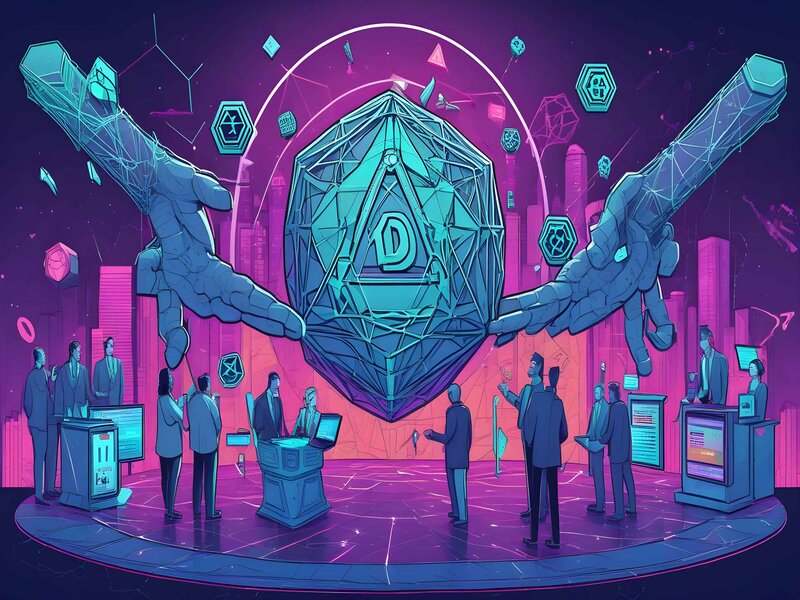Decentralized finance (DeFi) has been growing quickly, with significant improvements from the aftermath of the 2018-19 bear market. Key infrastructure such as the MetaMask wallet, Uniswap decentralized exchange, OpenSea NFT marketplace, and alternative Layer 1s like Solana laid the groundwork. This led to the explosive growth of DeFi and NFTs in 2021.

Key Takeaways
- Decentralized Finance (DeFi) Growth: Significant improvements post the 2018-19 bear market have pushed the growth of DeFi.
- Competing Visions: Two competing visions, EVM and L1s, are emerging as core infrastructure contenders for the upcoming cycle in DeFi.
- EVM Layer 2s: Ethereum and its Layer 2 scaling networks, including Arbitrum and Polygon, operate on the Ethereum Virtual Machine (EVM).
- Non-EVM L1s: A new wave of Layer 1s (L1s), such as Aptos, Radix, and Sui, avoids the EVM and prioritizes an enhanced user experience and scalability.
- EVM’s Lead: Despite technical advantages, EVM and its Layer 2s maintain a significant lead in community, developer adoption, and infrastructure.
- Long Journey Ahead: DeFi and Web3 represent only a fraction of global financial assets, internet users, and developers.
Today, a new narrative is unfolding, as two competing visions compete to establish themselves as the core infrastructure for the upcoming cycle; they are EVM and L1s.
- EVM Layer 2s
Ethereum and its ecosystem of Layer 2 (L2) scaling networks, including Arbitrum and Polygon, operate on the Ethereum Virtual Machine (EVM).
EVM dominates Web3, hosting approximately 95% of DeFi assets under management (AUM), 80% of active addresses, and 40% of Web3 developers.
L2s offer the same development environment as Ethereum, allowing seamless migration of dApps while providing higher throughput and lower fees.
- Non-EVM L1s
A new wave of Layer 1s (L1s) such as Aptos, Radix, and Sui are purposefully avoiding the EVM.
These L1s prioritize an enhanced user experience, application development environment, and scalability.
They address security concerns and aim to simplify smart contract interactions for both developers and users.
Who Will Win the Fight Between EVM and L1s?
Despite technical advantages, the EVM and its L2s maintain a significant lead in community, developer adoption, and infrastructure. However, the journey ahead is long, and newer platforms have an opportunity to challenge the status quo.
DeFi and Web3 represent a tiny fraction of global financial assets, internet users, and developers. They are leaving ample room for innovation and disruption.
The rivalry between EVM and L1s will shape the future of DeFi, as each approach provides unique solutions to scalability, security, and user experience challenges. As competition intensifies, the broader crypto community eagerly anticipates the emergence of a dominant infrastructure. This infrastructure will drive the next phase of decentralized finance, bringing about further innovation and development in the space.
Disclaimer
FAQ
The main difference lies in their approach to scalability and user experience. EVM focuses on compatibility and extensive developer support, while L1s aim at enhancing scalability and user experience directly on their native chains.
This rivalry drives innovation and improvement in the DeFi space, pushing for advancements in scalability, security, and user experience, which are crucial for mainstream adoption.
Yes, they can coexist. EVM compatibility is sought by many L1s to leverage Ethereum's robust ecosystem, while EVM chains are exploring scalability solutions that L1s offer.


